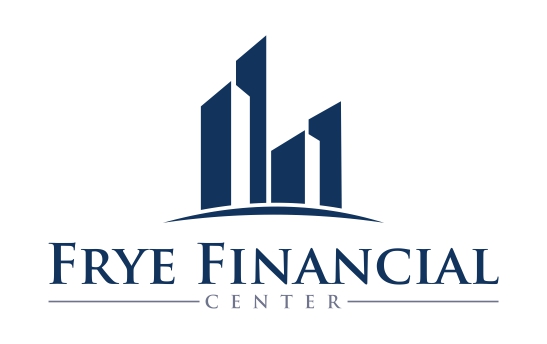The Big Three: Stocks, Bonds & Cash
Understanding the most basic tools of investing will help you gain more confidence in what you own in your retirement account
For those who are new to saving and investing, the investment world can be a minefield of jargon and confusion. Most retirement plans offer a dozen or more investment options, each sometimes invested in multiple securities. That said, even novices should take the time to learn the basic building blocks of their portfolio: stocks, bonds and cash. Here’s a quick introduction.
Stocks as ownership investments
If you want your money to grow and are comfortable with a bit of an up-and-down ride in the value of your investments, stocks may be right for you. Simply put, stocks represent shares of ownership in a company. If you’re interested in sharing in the growth and profits of a particular company, you can purchase their individual shares, either through a brokerage firm or directly from the company in some cases. As a shareholder, your investment value will fluctuate based on the current and future earnings of each company.
Of course, the companies you own can make lots of money or be unprofitable, and this may affect the value of your shares. (Sometimes the stock prices of even profitable companies can go down, for a host of reasons.) If you’d like to leave the stock picking to professionals, it may make sense to buy a diversified basket of stocks in a stock mutual fund, rather than going through all the time and trouble of trying to pick individual stocks on your own.
Bonds as lending investments
The other major type of investment are those in which you lend your money. If you are like most people and keep some money in a bank—most likely in a checking account, but also in a savings account or in certificates of deposit (CDs)—you are lending your money to the bank, which it in turn uses to make loans to homebuyers or businesses.
Bonds, also known as fixed income investments, are another type of a lending investment. When you buy a bond that has been issued by a government or by a company, you agree to lend your money for a set period of time and receive a specified rate of interest.3 A corporate bond can pay you 3% per year in interest over the next five years, for example. One of the risks to holding a bond is that the issuer may fail to pay you back the principal and interest due to you, which is called a “default.”
Instead of directly sharing in the ownership of a company, as with a stock, with bonds you are lending your money to an organization that will use it to meet business expenses or to invest in new business opportunities (in the case of private corporations) or to provide certain essential services (such as building highways or meeting the current obligations of the Federal Government). Typically, with bonds you do not share in profits generated by the money you lend to a company; you will simply be paid back your invested principal and any interest promised.
Cash equivalents
Cash equivalents are any investments that can be easily and without great cost converted into cash. The loose change on your dresser or the money you extract from an ATM qualify as cash equivalents.
So do money market mutual funds offered by your retirement plan. Money market funds generally invest in ultra-safe instruments such as short term CDs, U.S. Treasury bills and securities issued by corporations with the best credit ratings. Although money market mutual funds are considered among the safest options available, they tend to pay very low rates of interest in exchange for that safety and security.
Over long time periods, stocks and bonds have produced attractive long-term returns relative to cash. However, when stock prices fall, investing more in bonds and cash may provide a useful cushion. Talk to your financial advisor to see what balance of of stocks, bonds and cash might be right for you based upon your risk tolerance.
This material was created for educational and informational purposes only and is not intended as ERISA, tax, legal or investment advice. If you are seeking investment advice specific to your needs, such advice services must be obtained on your own, separate from this educational material.


